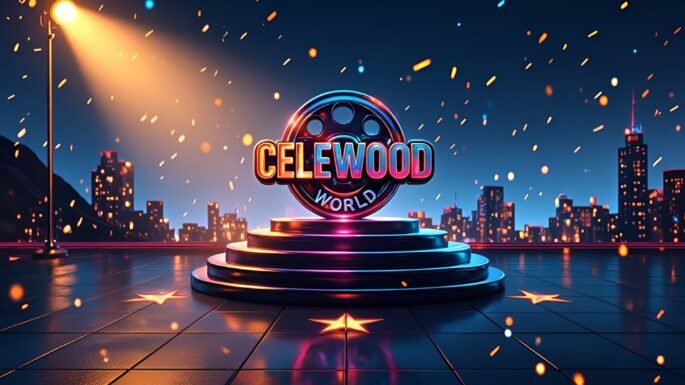Article –
On November 15, 2025, a renewed debate emerged within the global film community concerning the origins of the iconic Hollywood film ‘E.T. the Extra-Terrestrial’. Legendary Indian filmmaker Satyajit Ray’s earlier comments about his work possibly inspiring Steven Spielberg’s 1982 blockbuster have once again drawn attention. Although studios involved have not issued any new official statements, the conversation has sparked interest in exploring the cross-cultural influences behind the film’s story.
Background and Origins
Satyajit Ray, one of cinema’s most revered auteurs, had mentioned in past interviews that the concept of a stranded alien child befriended by a compassionate boy bore resemblance to themes in his Bengali film Paheli and screenplay drafts. These remarks, made decades ago, were largely ignored outside academic circles.
‘E.T. the Extra-Terrestrial’, directed by Steven Spielberg and released in 1982, achieved monumental success and acclaim for its heartfelt narrative. However, recent scrutiny inspired by a newly published documentary has sparked re-examination of the film’s purported inspirations.
Significance in Hollywood
This renewed examination highlights broader industry challenges concerning intellectual property and cultural appropriation. Hollywood, as a melting pot of ideas, faces ongoing questions about crediting creators from diverse cultural backgrounds. The case of ‘E.T.’ exemplifies tensions regarding narrative ownership, especially when influential works appear to draw from lesser-known international sources without formal acknowledgment.
The implications include:
- Legal considerations: Even if copyright claims are time-barred, reputational risks remain.
- Ethical concerns: Rising pressure exists for inclusive and fair recognition practices.
- Cultural dialogue: Encourages transparency and collaboration across global storytelling communities.
Reactions from Stakeholders
Representatives of the Spielberg estate and Universal Pictures declined to comment, emphasizing a commitment to creative originality and respect for artists. Scholars acknowledge the importance of honoring creative lineages amid the complex nature of storytelling, where overlapping themes can independently emerge.
Public reaction varies:
- Some fans see the discussion as a overdue recognition of international influence.
- Others remain devoted to the film’s established legacy.
- Film historians suggest such debates enhance understanding of cinematic evolution without diminishing the film’s achievements.
Future Outlook
The allegations and ensuing discussions might lead to:
- Further academic research exploring shared narratives between Hollywood and Indian cinema.
- New documentaries or retrospectives delving into cross-cultural influences.
- Industry adoption of rigorous crediting and culturally sensitive production standards.
- Potential policy updates in film studios concerning script development and source verification.
While no formal legal proceedings are anticipated, studios will likely watch developments closely to better manage similar cases.
In summary, the resurgence of Satyajit Ray’s commentary on ‘E.T. the Extra-Terrestrial’ shines a light on ongoing global conversations about originality, attribution, and cultural exchange in Hollywood. These discussions play a critical role in shaping how stories are created and credited across international cinema landscapes.

